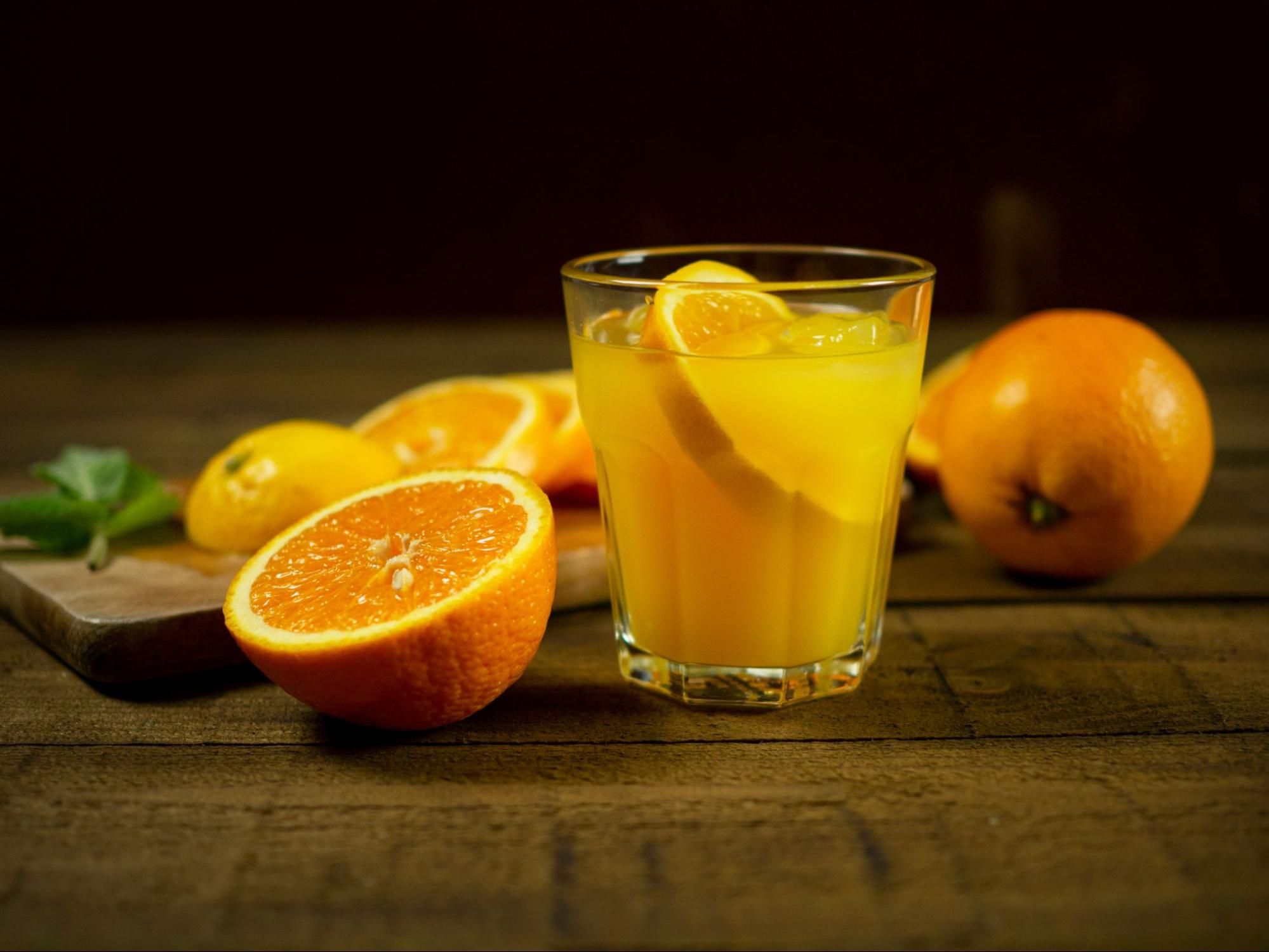Anemia is a disorder in which the blood has a low amount of red blood cells or hemoglobin. Hemoglobin is the protein found in red blood cells that transports oxygen to tissues throughout the body. Anaemia causes insufficient oxygen supply to tissues and organs.
Iron is an important mineral required for the formation of hemoglobin and healthy red blood cells. Iron is required to produce the protein heme, which permits hemoglobin in red blood cells to bind to oxygen. Without sufficient iron, the body is unable to manufacture enough hemoglobin for red blood cells.
Low iron intake and poor iron absorption are frequent causes of iron deficiency anemia. Iron deficiency reduces oxygen supply, causing tiredness, weakness, and a variety of other symptoms. Getting enough iron through food or supplementation can help prevent and cure iron deficiency anemia.
Symptoms of Anemia
Anemia produces weariness and weakness because the amount of red blood cells (hemoglobin) is diminished. This restricts appropriate oxygen flow to all areas of the body.
The most prevalent signs of anemia are:
Fatigue
A lack of oxygen causes persistent tiredness. You may feel weak throughout regular tasks and want to sleep more. Fatigue may significantly reduce your quality of life.
Weakness
Anaemia frequently causes feelings of weakness. Low oxygen levels impair muscular strength and endurance. Even basic physical activity may leave you feeling breathless and fatigued.
Pale skin
RBCs contain hemoglobin, which gives blood its red color. In anemia, low hemoglobin levels create pale skin. Paleness in the eyelids, nail beds, gums, and tongue are the first noticeable indications.
Irregular beating
The heart works harder to compensate for a shortage of oxygen. This can cause irregular heartbeat. You may feel chest discomfort, dizziness, or shortness of breath.
To successfully manage anemia, it is critical to recognize these signs early on and get treatment promptly. If you encounter any of these symptoms, please visit your doctor.
Causes of Anemia
Anemia can be caused by a number of disorders that impair the body’s capacity to create sufficient healthy red blood cells. The most common reasons are:
Iron Deficiency
This is the leading cause of anemia worldwide. An iron insufficiency occurs when the body lacks enough iron to generate hemoglobin. Causes include insufficient iron consumption, poor iron absorption, and blood loss due to menstruation or internal bleeding.
Folate Deficiency
Folate (vitamin B9) is necessary for red blood cell formation. Inadequate folate intake or absorption can affect hemoglobin production.
Vitamin B12 Deficiency
Vitamin B12 is necessary for the production of red blood cells. A deficit, occasionally induced by pernicious anemia, can result in bigger and fewer red blood cells.
Blood Loss
Heavy menstrual cycles or wounds might result in anemia. Internal bleeding in the digestive system due to an ulcer or colon cancer can also reduce blood iron levels.
Best Iron-Rich Drinks for Anemia
Iron deficiency anemia is a common condition that can be treated by consuming iron-rich foods and drinks. Some beverages that are high in iron include:
Blackstrap Molasses
Blackstrap molasses is a viscous, black syrup formed when sugar crystals are removed from sugarcane juice. Unlike conventional molasses, it has extremely little sugar. Blackstrap molasses is high in iron, with 3.5 milligrammes per tablespoon. It may be added to warm milk, tea, or coffee. However, some people find the flavor overbearing.
Spirulina Smoothie
Spirulina, a form of blue-green algae, is highly nutritious. When combined into smoothies, spirulina provides around 8 milligrams of iron per serving. Furthermore, its high content of vitamins, minerals, and antioxidants makes it an ideal choice for improving general health.
Nettle Tea
Nettle tea is another fantastic iron-rich beverage that can assist with anemia. It is created by steeping dried nettle leaves in hot water, much like other herbal teas.
The stinging nettle plant is abundant in iron, as well as other essential vitamins and minerals such as vitamin C, calcium, and magnesium. Vitamin C aids in iron absorption, while calcium and magnesium promote blood cell synthesis.
Drinking nettle tea is a simple and tasty method to boost your iron consumption. A normal serving of nettle tea contains around 2-4 mg of iron, however this might vary depending on the nettle species and steeping duration.
According to research, drinking nettle tea everyday for a few months can help boost hemoglobin and serum iron levels in the body. This helps to cure iron deficiency or anemia.
However, it is not advisable to consume excessive amounts of nettle tea. Begin with only 1-2 cups per day to test your tolerance, as some people may have adverse effects like an upset stomach. Monitor your iron levels and only raise them if necessary.
Orange Juice
Many kinds of orange juice, particularly those marketed to children and families, include iron. One cup of fortified orange juice can provide up to 26% of an adult’s daily required iron consumption.
Orange juice has a mild, refreshing flavor that makes it easy to consume as part of a healthy morning routine. Look for calcium and vitamin D supplements for optimal nourishment.
Spinach Smoothie
Spinach, known for its nutritional value, is a good basis for iron-rich smoothies. Combining spinach with other nutrient-dense foods like bananas, berries, and yogurt results in a tasty and nutritious beverage.
One cup of spinach contains around 3 milligrams of iron, as well as a variety of vitamins and minerals.
Prune Juice
Prune juice is another fantastic choice for an iron-rich beverage. A 6-ounce glass includes around 3 milligrammes of iron, which meets 15% of an adult woman’s daily iron requirements.
Prune juice is also rich in antioxidants, vitamin K, and potassium. The naturally tangy, fruity flavor pairs well with the juice’s innate sweetness. Prune juice can also act as a natural laxative.
Beetroot Juice
Beetroot juice, generated from the colorful and earthy beetroot, is a rich source of iron. A single cup contains roughly 3 mg of iron, which helps replace iron levels and promotes the creation of red blood cells. Its high amount of folate, vitamin C, and nitrates improves iron absorption, increasing its advantages.
Conclusion
Dealing with anemia takes more than just medicine; it also necessitates a supporting food approach that assures an appropriate intake of iron. Choosing iron-rich drinks may be a useful and pleasurable approach to boost your iron levels. From robust green smoothies and iron-packed pure juices to nourishing herbal infusions, the world of iron-boosting drinks is large and diverse.
However, keep in mind that these iron-rich beverages should be used in conjunction with a well-balanced diet, frequent checkups, and prescription treatments. Finally, always contact your doctor or a nutritionist before making any changes to your diet or iron supplementation routine.
If you enjoyed this article, you may also want to read this article Does Beet Juice Help with Iron Boosting?
*This information is not intended to serve as a substitute for professional medical or dietary advice tailored to individual needs.
Po-Chang Hsu, M.D., received his medical doctorate from Tufts University School of Medicine in Boston. During his medical school training, Dr. Hsu worked with various patients, including adult and pediatric patients with acute and chronic conditions. Dr. Hsu’s interests include neurology, psychiatry, pediatrics, and sleep medicine.
Before medical school, Dr. Hsu finished a master’s degree at Harvard University and wrote a thesis on neuroimaging in schizophrenia patients at Brigham and Women’s Hospital, a Harvard Medical School-affiliated hospital. Dr. Hsu was also a part of the 2008 NASA Phoenix Lander Mission team, which sent a robotic spacecraft to the North polar region of Mars. Dr. Hsu also had research experience on neuroimaging in neonates at Boston Children’s Hospital, another Harvard Medical School-affiliated Hospital.
Since graduating from medical school, Dr. Hsu has worked as a full-time medical writer and consultant. In addition, he has experience writing and ghostwriting books and articles for physicians and health technology start-up companies. Dr. Hsu believes good communication between healthcare providers and patients creates the best results.
Publications
-Peer Reviewed Journal Article:
Kounaves, S.P., Hecht, M.H., West, S.J., Morookian, J.-M., Young, S.M.M., Quinn, R., Grunthaner, P., Wen, X., Weilert, M., Cable, C.A., Fisher, A., Gospodinova, K., Kapit, J., Stroble, S., Hsu, P.-C., Clark, B.C., Ming, D.W. and Smith, P.H. The MECA wet chemistry laboratory on the 2007 phoenix mars scout Lander. Journal of Geophysical Research. 2009, Mar; 114(E3): 10.1029/2008je003084.
-Poster Presentation:
2011 Harvard Psychiatry Mysell Poster Session; Boston, MA
Hsu, P.C., Rathi, Y., Eckbo, R., Nestor, P., Niznikiewicz, M., Thompson, E., Kubicki, M., Shenton, M.E. (March, 2011). Two-Tensor Diffusion Tensor Imaging of Acoustic Radiations in Schizophrenia




